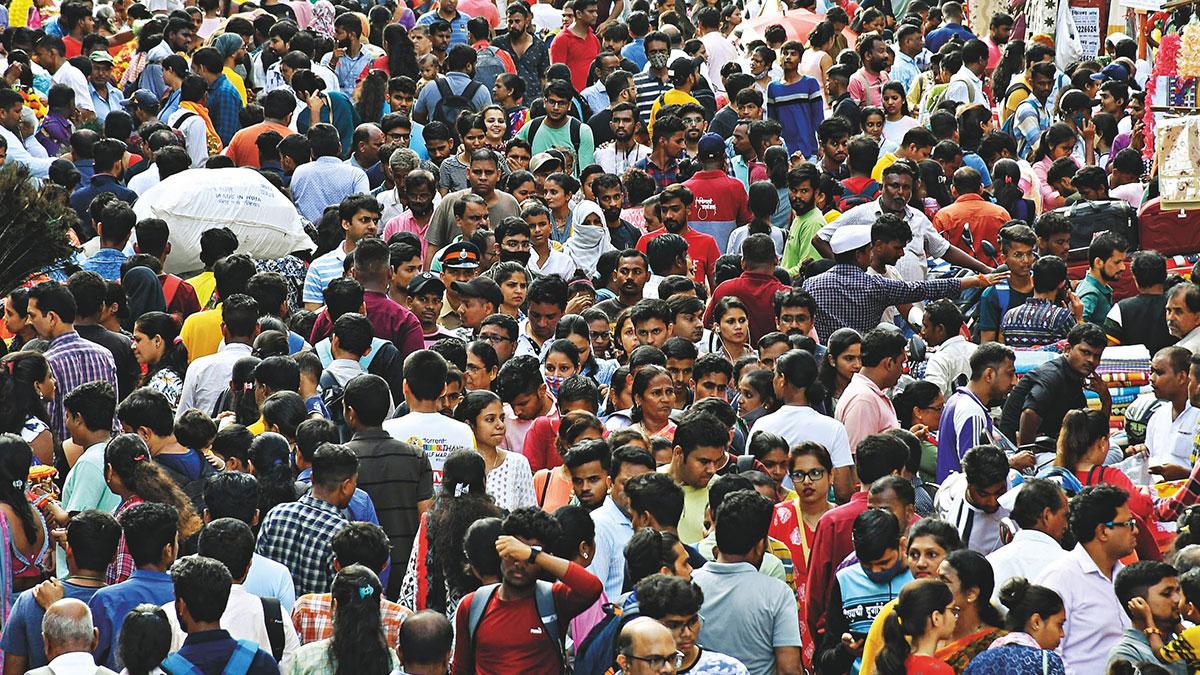India, the second most populous country in the world, is projected to surpass China and become the most populous country by 2027123. This article explores the effects, pros, cons, and potential control measures of India’s population growth.
The Growth Story
India’s population stands at nearly 1.44 billion in 202412. The growth rate has been slowing for the past few decades, attributed to increasing poverty alleviation, rising education levels, especially among women, and growing urbanization4. However, the rate of decline has been slower compared to other countries4.
The Effects
India’s rapid population growth has both positive and negative effects. On the positive side, a larger population leads to a greater human capital, market size, and cultural diversity5. It can also lead to higher economic growth with more people able to produce more goods5.
On the downside, rapid population growth can exacerbate challenges related to hunger and poverty6. It also leads to resource depletion, inadequate infrastructure, unemployment7, and environmental degradation8. Overcrowding, poverty, crime, pollution, and political upheaval are all effects of India’s population increase9.
The Pros and Cons
The pros of high population density include access to resources, cultural diversity, economic growth, increased demand for goods and services, and cost efficiency10. However, the cons include limited resources, increased levels of pollution, social problems, and pressure on the natural environment10.
Control Measures
To curb India’s population growth, the Government of India must ensure public health services, female literacy, and employment11. An increase in public health services will reduce infant and maternal mortality rates11.
India introduced population control measures as early as 1951, with the first state-sponsored family planning program12. Over the years, the measures have evolved, focusing on areas like employment, education, public health, and human development as indirect measures to curb population growth13.
In conclusion, while India’s population growth presents both opportunities and challenges, it is crucial to implement effective control measures. This will ensure that the growth is sustainable and beneficial for all sections of society.




